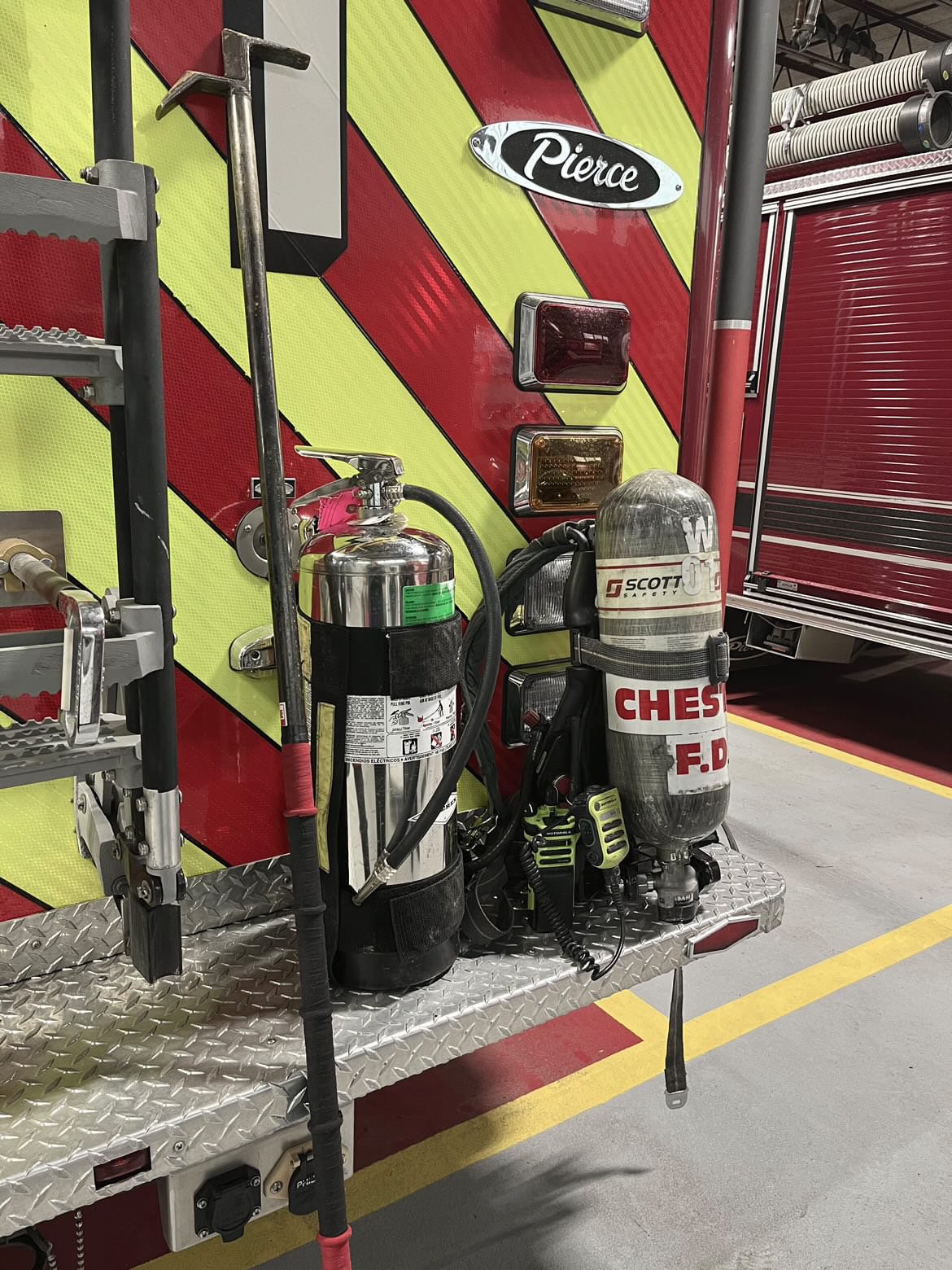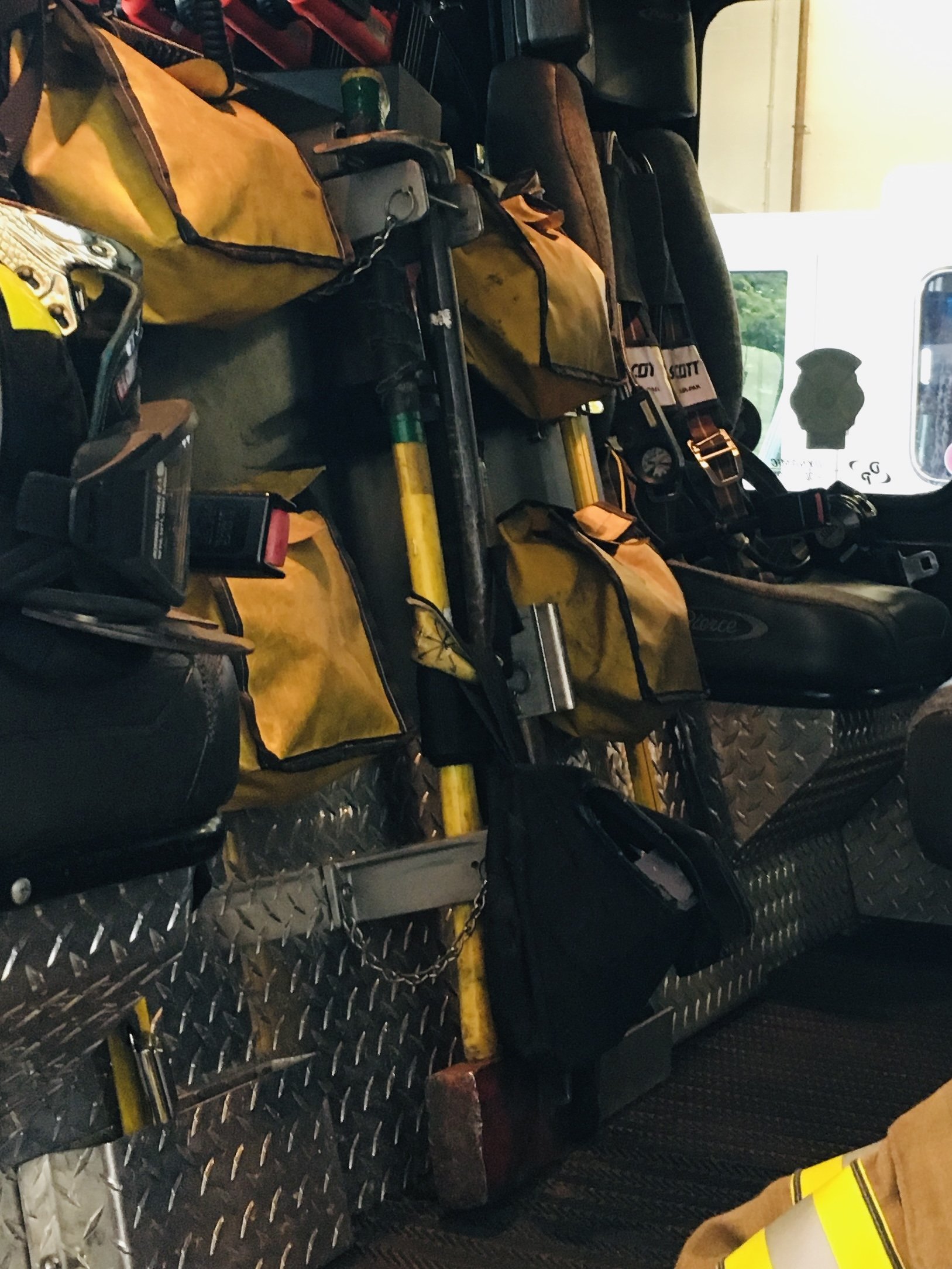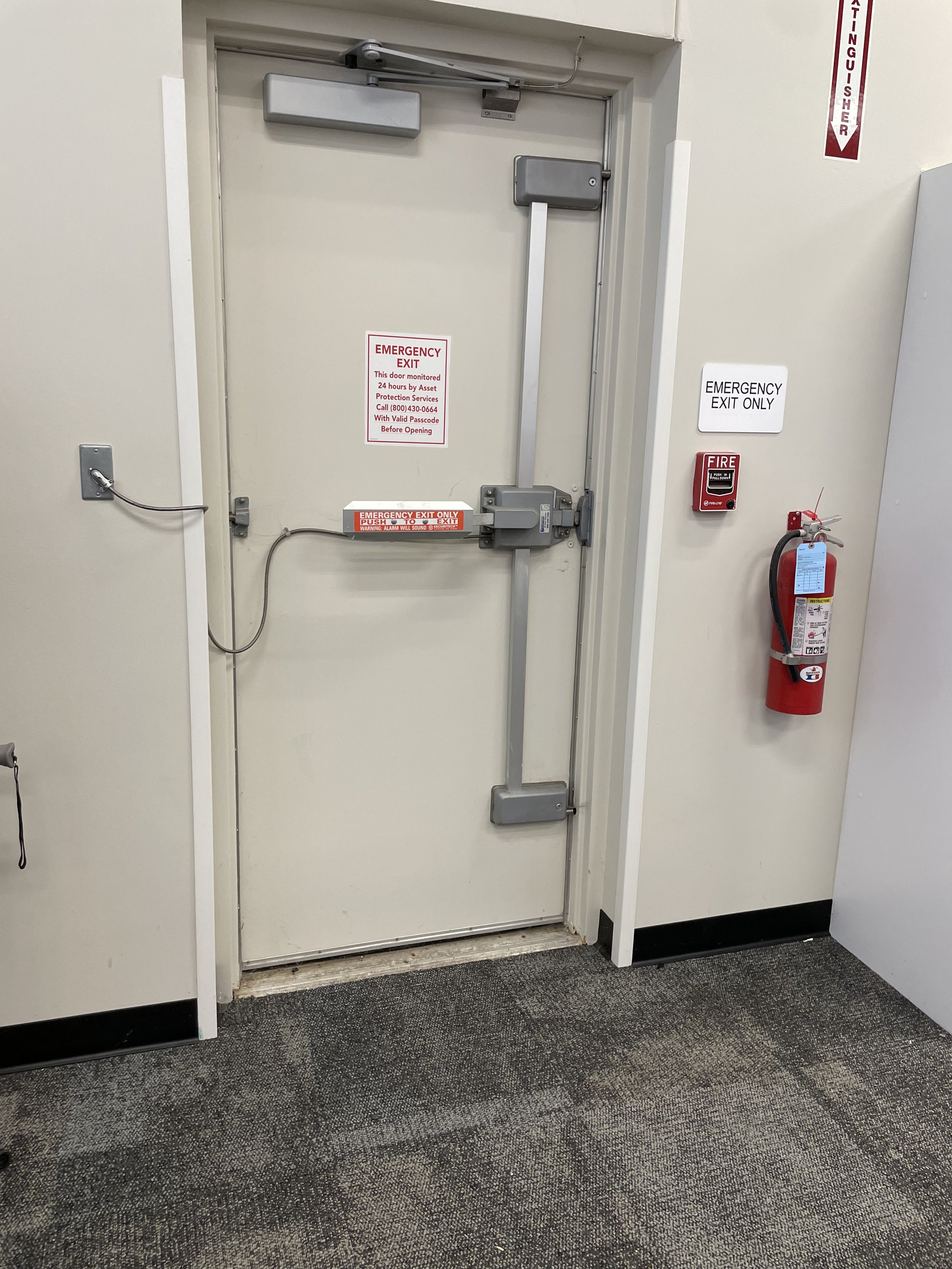Truck Company Hook & Can Firefighter
The versatile firefighter on the truck is the hook & can firefighter and for good reason. Engaged with a 6 foot New York Hook and a Halligan Bar married together along with a pressurized water can, this firefighters role consists of various areas of the first due truck - most importantly primary search.
Prior to Entry & Arrival
• Size-up the structure - identify the needs of possibly using a saw for entry due to boarded up windows and doors and consider VEIS as a possibility.
• Assist the iron firefighter with forcible entry whether it is a conventional entry or utilizing windows.
• If there is a VEIS scenario in place, it is the hook & can firefighters job to be the second firefighter through the window with the can. This will provide as a means through heat/smoke filled hallways to make the push to other rooms in search of victims.
Interior Search Operations
Along with the irons firefighter, primary search is this role tops priority and splitting the search is the best and often times will yield the best results. Remember, the primary search needs to be thorough but also quick. In this scenario it is best the hook & can firefighter and the irons firefighter split the search by utilizing the hallway as a meeting point while they single-handedly search the rooms - all while keeping in vocal and visual contact as best as possible.
This type of search technique will assist the engine company in making a clean stretch to the fire room. Why? Since team is performing a type of orientated search, this will leave the hallway open for hose advancement and less room for any type of hose entanglement with firefighters.
Initial Search Complete
Once the primary search is complete, this isn't the end for the hook & can firefighter. In fact, work has only just begun. The hook, halligan and can are brought in for a reason other than search and advancing through smoke filled environments but also assist the fire suppression crew with opening up the walls, ceilings, shutting off power and utilities and exposing hidden bodies of fire.
In the end, each role on the fire ground compliments the others. Engine, truck, rescue it doesn't matter, each firefighters role on any of the company units it's vital to the success of their crew and the success of the others.
Train hard and keep learning the craft.
Until next time - work hard, stay safe & live inspired.




